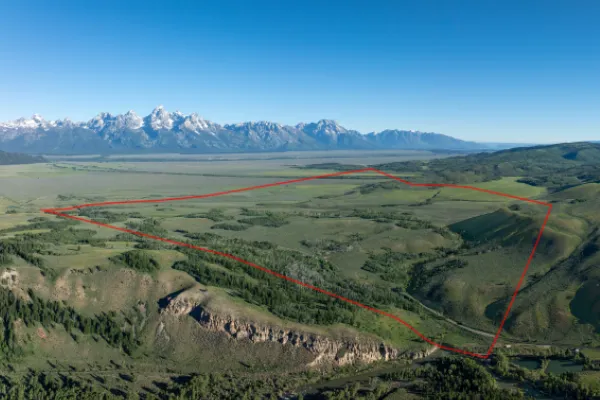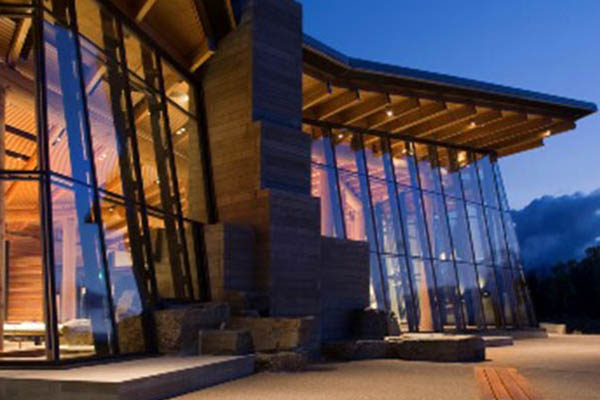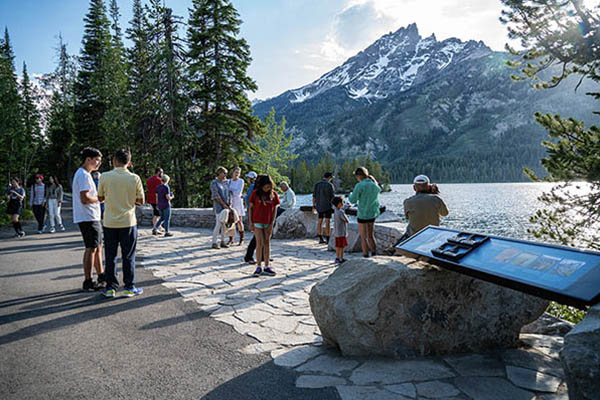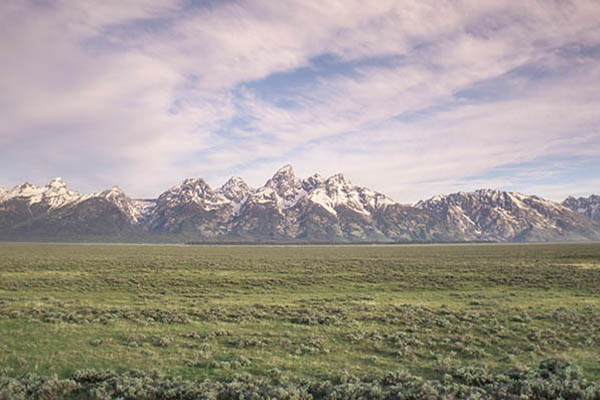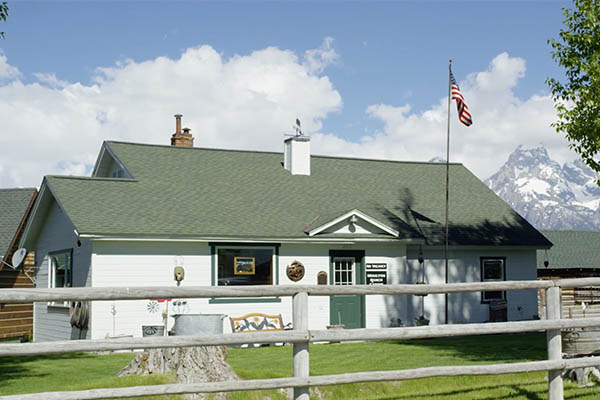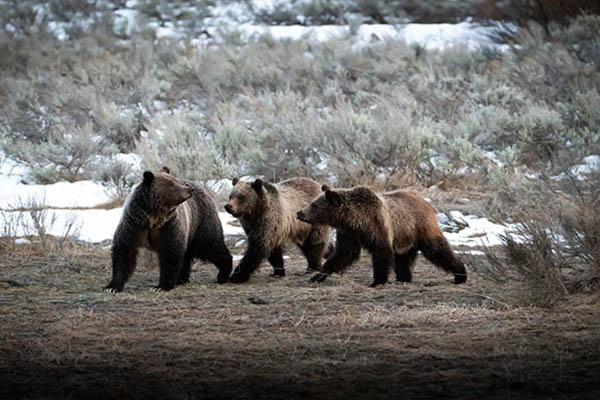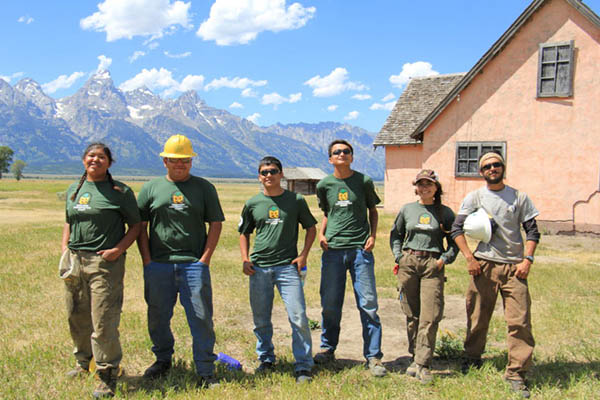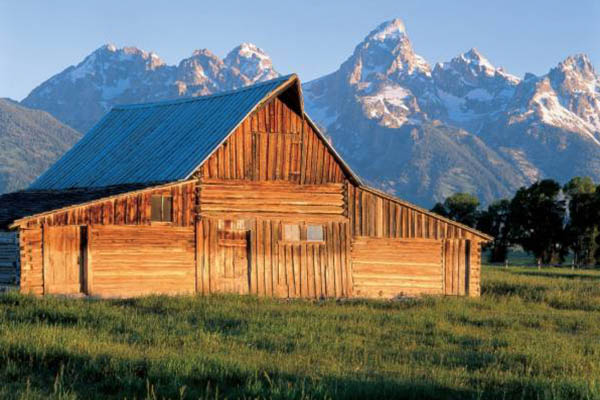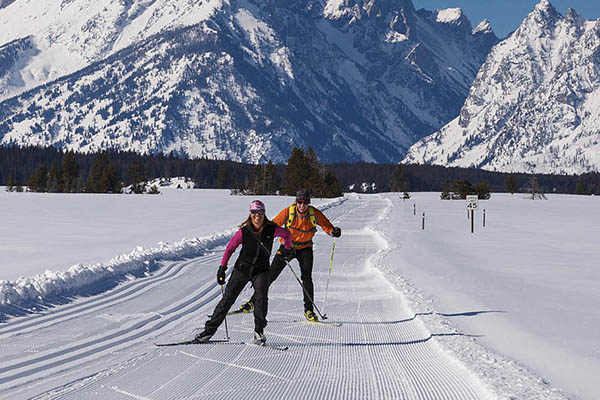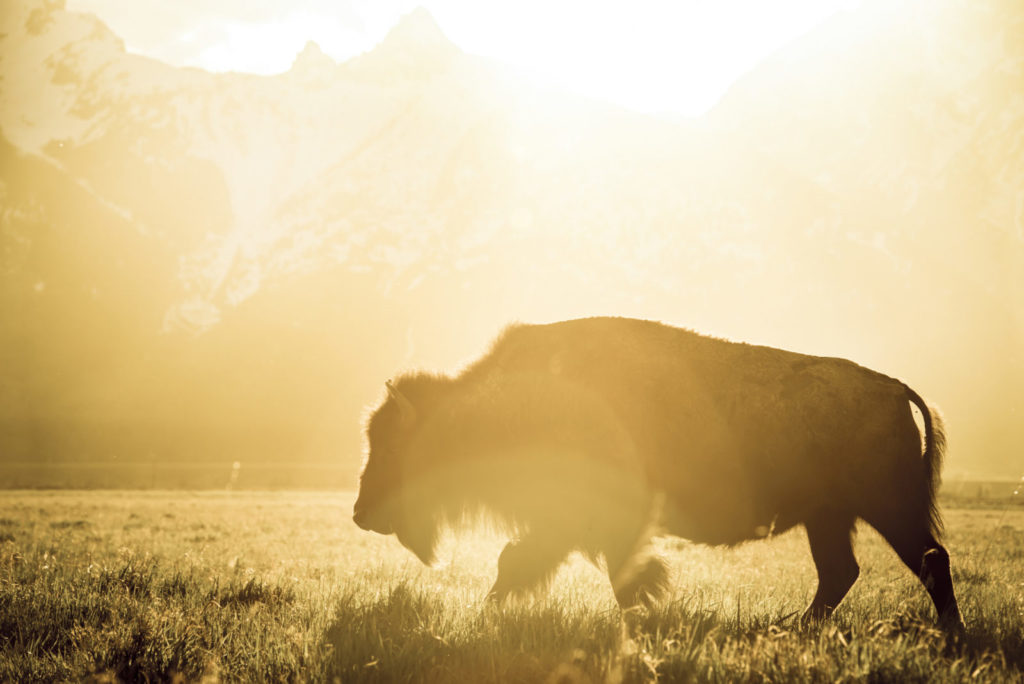Grand Teton is one of the best national parks to see wildlife because it lies in the heart of one of the largest, intact temperate ecosystems in the world. Moose, beavers, bears, sandhill cranes, bison, wolves, and elk are just a few of the many species that call this park home. Hoping to observe some of these creatures during your visit? You’re in luck! We’ve compiled a list of the top three places in the park to go to increase your chances of seeing wildlife.
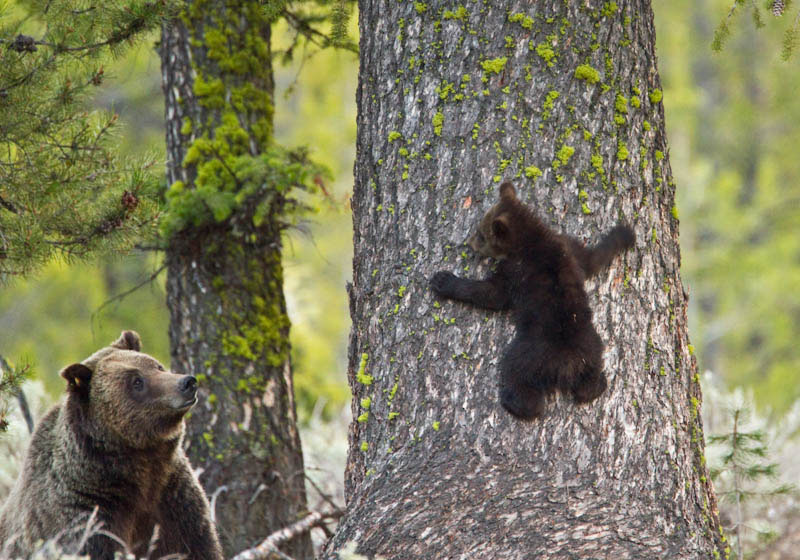
Moose-Wilson Road: One of the more popular drives for spotting wildlife in Grand Teton, and for good reason, is the Moose-Wilson Road. Characterized by a narrow, winding route through aspen stands, pine forests, and riparian areas, this corridor is teaming with wildlife. Although its namesake was originally derived from the two towns it connects, the road is a hot spot for viewing the world’s largest antlered animal: moose. A series of beaver ponds along the northern end of the road attract these ungulates that enjoy dining on the abundance of aquatic plants. Forested areas harbor mule deer, elk, and black and grizzly bears. Traffic can be heavy along the road, so don’t be in a hurry, and consider a sunrise drive for more solitude.
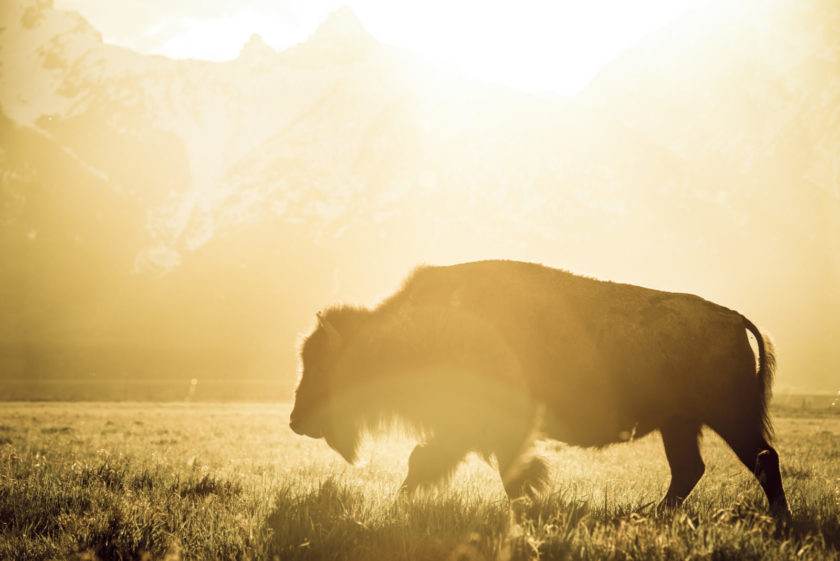
Antelope Flats: If you are looking for the largest mammal in North America, you definitely want to explore Antelope Flats Road for the chance to capture the classic shot of bison in front of the Teton Range. Just north of Moose Junction off Highway 89/191, the open sage and grasslands of Antelope Flats contain some of the better topsoil in the area. This fertile ground produces rich native forbs and grasses that sustain bison and pronghorn throughout the summer. Pocket gophers and voles frequently build tunnels and homes in the open areas here, which draw predators such as hawks, coyotes, foxes, and even wolves.
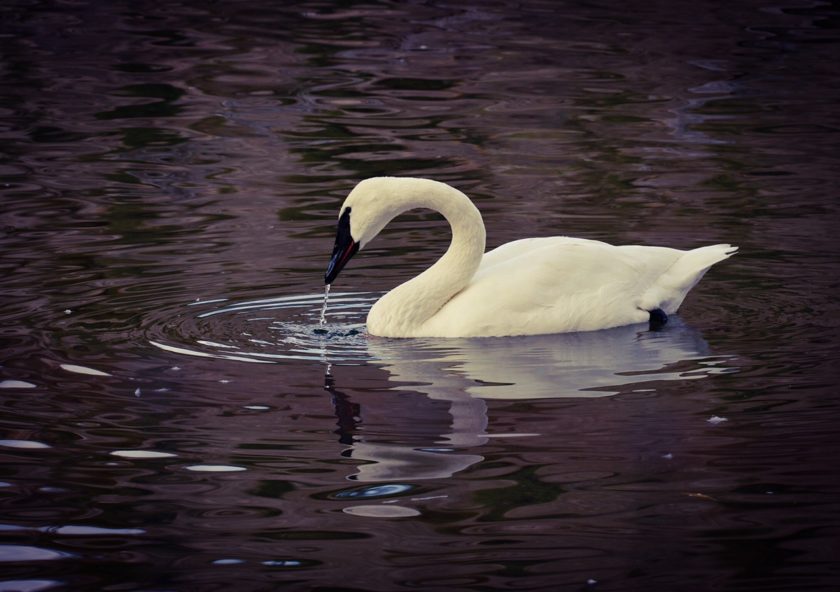
Oxbow Bend: Located along the five mile stretch of Highway 89/191 between the Moran entrance station and Jackson Lake Lodge Junction, Oxbow Bend is a favorite pull-out among wildlife watchers. This riparian area is a great place to spot numerous species of birds such as bald eagles, trumpeter swans, pelicans, and osprey. There is also a chance to see playful river otters, beavers, and muskrats swimming in the slow-moving water, moose along the water’s edge, and the occasional bear. Sunset at Oxbow Bend has long been a favorite among photographers, especially in the autumn months.
Always remember, animals in Grand Teton are wild. It is important to give them the respect they deserve while viewing them in their natural habitat. Whether in your vehicle or on foot, you must maintain a distance of at least 100 yards from bears and wolves and 25 yards from all other wildlife. When in doubt, move farther away!

